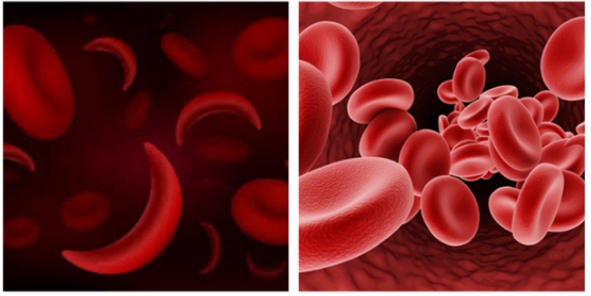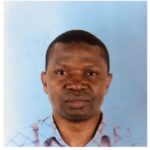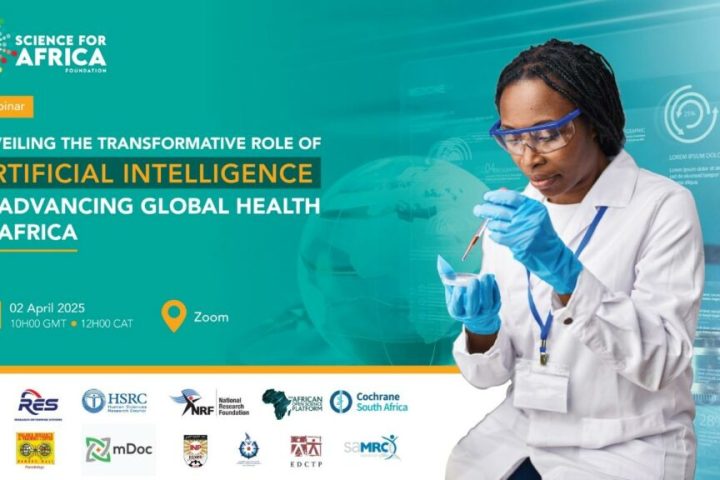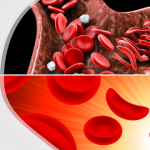In our 14 August 2022 edition, we discussed many therapeutic approaches to treating sickle cell disease (SCD), including the use of haematopoietic stem cells (HSCs) gene therapy.
This revolutionary treatment involved harvesting and genetically modifying the sickle cells in the laboratory. The natural HSC containing sickle cells are destroyed by chemotherapeutic drugs before the modified stem cells are re-implanted by infusion. By this method, as little as 20% healthy HSCs is sufficient to reverse the SCD.
A new gene therapy called Casgevy (generic name, Exa-cel for exagamglogene autotemcel) uses the CRISPR–Cas9 gene-editing tool to correct both sickle-cell and β-thalassaemia anomalies.
Join our WhatsApp ChannelClustered Regularly Interspaced Short Palindromic Repeat (CRISPR) combined with bacterial RNA-guided endonuclease (Cas9) is a unique but simple technology that allows for efficient modifications of any part of the genome. With this technology, changes to parts of the DNA sequence can be made either by deleting or adding sections of a DNA sequence. Inbuilt into the technology is a guide RNA designed to match the desired gene target. The guide RNA molecule directs the endonuclease Cas9 attached to the CRISPR to the target site. The enzyme then causes a double-stranded DNA break to allow for the required modifications to be made to the genome.
Casgevy targets a gene called BCL11A. The gene prevents the production of a unique fetal haemoglobin. Its disruption by Casgevy using the CRISPR technology causes the production of normal fetal haemoglobin free from sickle cells or β-thalassaemia abnormalities. The CRISPR-edited cells are infused back into the body after destroying by chemotherapy the original stem cells containing sickle cells or β-thalassaemic cells. The engineered cells once acclimated in the bone marrow will then start to produce red blood cells containing fetal haemoglobin. This activity is expected to last for a lifetime, boosting oxygen supply to tissues and organs and alleviating the symptoms of SCD or β-thalassaemia.
Haemoglobin molecules facilitate the transportation of oxygen in red blood cells to organs and tissues. Abnormal
haemoglobin means that red blood cells are hard and shaped into a sickle. These stick to blood vessels and form clumps resulting in limited oxygen supply to tissues and organs. Sickle cell disease symptoms include severe pain, organ damage and shortened life span. In the UK, the average life expectancy of people suffering from SCD is just about 40 years.
On the other hand, β-thalassaemia (or β-thalassemia) is an inherited blood disorder due to errors in genes encoding for haemoglobin, which result in low levels of haemoglobin in red blood cells. This leads to low oxygen supply to tissues with symptoms including anaemia, shortness of breath, irregular
heartbeats, fatigue, delayed puberty, etc. People with β-thalassaemia require regular blood transfusions to relieve the symptoms. The average life expectancy of people with β-thalassaemia in the UK is about 55 years.
According to data presented at the European Hematology Association Congress in June 2023, phase trial of Casgevy for sickle cell disease in 45 participants shows that of the 29 candidates closely monitored, 28 of them were completely relieved of pains associated with episodes of SCD for at least a year.
Also, of 54 people who participated in Casgevy trial for β-thalassaemia, 42 were closely monitored. The result indicates that 39 of these did not require any blood transfusion for a year after treatment, and the remaining 3 patients had less than 30% need for blood transfusion.
The only current cure for SCD and β-thalassaemia, respectively, is a stem cell transplant from a matched donor,
which is limited to only a small percentage of people living with the abnormalities. Thus, using precision technologies such as haematopoietic stem cells (HSCs) gene therapy, donor obstacle is circumvented in that patients become their own HSC donors. Casgevy falls into this category with its use of CRISPR to correct the abnormalities of SCD and β-thalassaemia.
However, the CRISPR technology is not a magic bullet with no side effects. The technology has been known to make inadvertent genetic changes with unknown consequences. Participants in the two trials (ie SCD and β-thalassaemia), did show side effects that include nausea, fatigue, fever and an increased risk of infection.
As at the time of writing, Casgevy is undergoing reviews by the European Medicines Agency, the Saudi Food and Drug Authority, and the U.S. Food and Drug Administration (FDA).
As one would imagine, a gene therapy of this complicated procedure and delivery is not cheap. The therapy was approved in the UK on 16 November 2023, “for the treatment of eligible patients 12 years of age and older with SCD with recurrent vaso-occlusive crises (VOCs) or TDT [transfusion-dependent beta thalassemia], for whom a human leukocyte antigen (HLA) matched related hematopoietic stem cell donor is unavailable.”
There are up to 2,000 patients who may be eligible for Casgevy therapy in the UK. The price tag in the UK is yet to be announced, but experts are predicting something in the region of $2 million per patient! This makes such remedy the preserve of rich nations and completely out of reach of average low-income economies.



















Follow Us